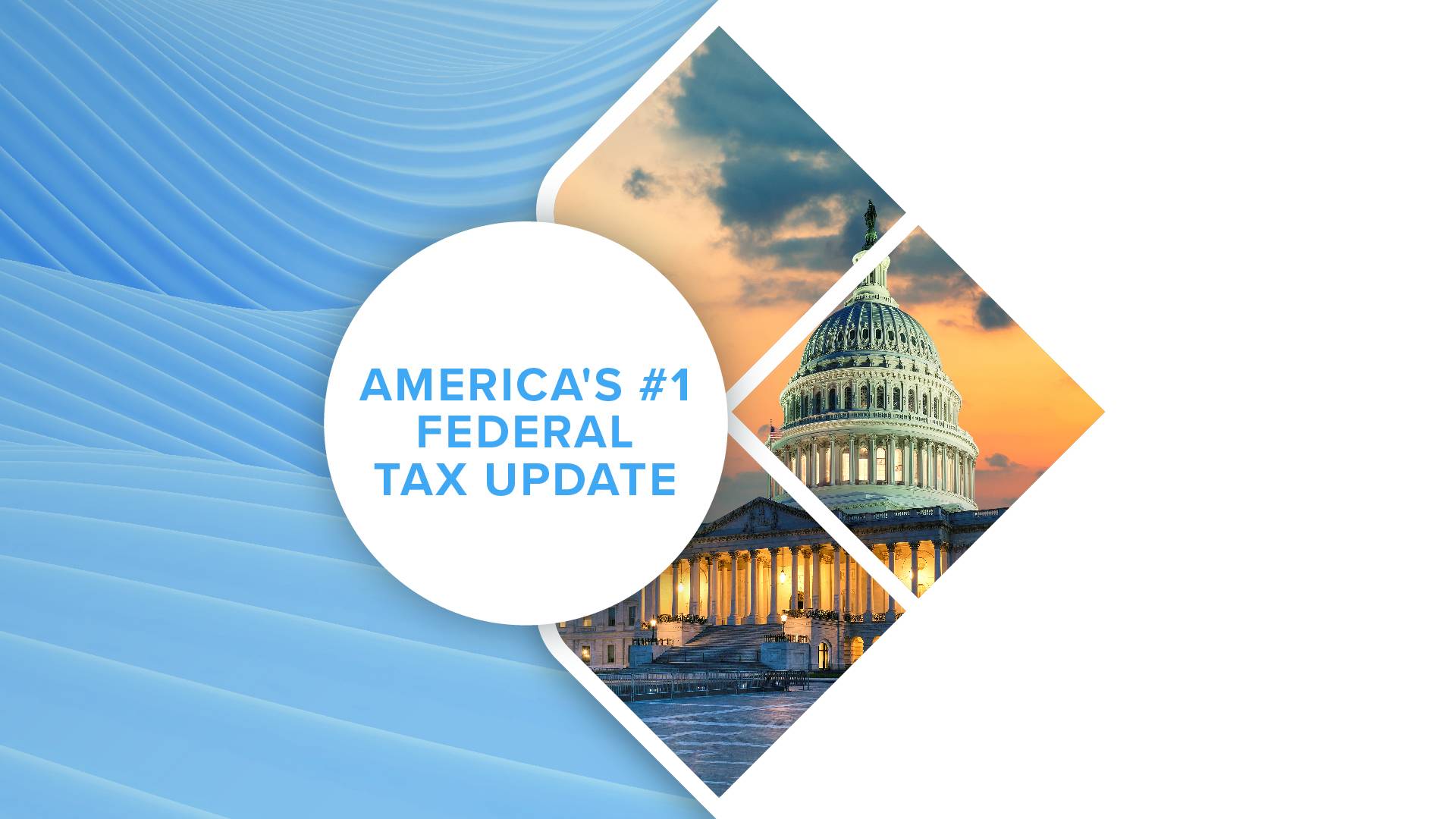Self-Study
Corporate Tax Planning
In-depth course on Closely Held Corporations for Tax and Estate Planning. Understand the formation, operation, and dissolution of S and C corporations while exploring key tax strategies to optimize planning for your clients.

$420.00 – $460.00Price range: $420.00 through $460.00
Webcasts are available for viewing Monday – Friday, 8am – 8pm ET,
and Saturday & Sunday, 10am – 6pm ET.
Without FlexCast, you must start with enough time to finish. (1 Hr/Credit)
Please fill out the form below and we will reach out as soon as possible.
CPE Credits
21 Credits: Taxes
Course Level
Overview
Format
Self-Study
Course Description
This course examines and explains the practical aspects of using a closely held corporation to maximize after-tax return on business operations. Recent developments giving corporations a competitive edge over other entities are explored and detailed. Practitioners are alerted to often missed fringe benefits, retirement planning opportunities, corporate business deductions, income splitting possibilities, and little-known estate planning techniques. The program covers step-by-step tax procedures to form, operate, and ultimately dispose of a closely held corporation. Distinctions between S and C corporations will be unraveled and guidelines for client direction given.
Need Flexibility?
Purchase now, choose later. Your credits are ready whenever you find the perfect courses for you.
Learning Objectives
Upon successful completion of this course, participants will be able to:
Chapter 1
- Specify the advantages and disadvantages of sole proprietorships including self-employed taxes and payment requirements and identify the characterization of sole proprietorship assets upon disposition.
- Recognize the role of the partnership agreement on partnership taxation particularly the application of the at-risk rules (§465).
- Identify the reporting requirements of unincorporated associations, determine what constitutes a “corporation,” and specify the characteristics of a personal service corporation.
Chapter 2
- Identify the transfer of money, property, or both by prospective shareholders and the basic requirements associated with §351.
- Recognize the differences between start-up and organizational expenses, and identify the elements of corporate tax recognition including capital gains and losses stating dividends received treatment.
- Specify the requirements for corporate charitable contributions, and determine how to avoid §541 status particularly as to personal service contracts.
- Identify §531 status and determine accounting periods and methods available to corporations.
- Specify methods for identifying inventory items and, identify multiple corporation tax advantages.
Chapter 3
- Determine payroll taxes and the uses of W-2, and specify the application of major employee labor laws.
- Recognize common-law rules used to determine employee status for FICA and federal income tax withholding, specify the dangers of unreasonable compensation stating how to avoid them, and determine valuable income-splitting devices.
- Identify buy-sell agreements distinguishing an entity purchase from a cross-purchase agreement and recognize business recapitalizations and the impact of estate freeze rules.
Chapter 4
- Identify “income” under §61 and specify the tax differences between nonstatutory and statutory fringe benefits.
- Determine what constitutes working condition and de minimis fringes, cite the §79 group term life insurance rules, recognize §125 “cafeteria plans” stating how they function, and specify the mechanics of §105 self-insured medical reimbursement plans.
- Identify employer-provided automobile valuation methods, and specify ERISA compliance requirements.
Chapter 5
- Define the disallowed “entertainment” recognizing the importance of the remaining statutory exceptions, specify the application of the percentage reduction rule, and determine an “entertainment facility” stating related deductible costs.
- Identify substantiation, recordkeeping, reimbursement, and reporting requirements recognizing variations in methods and specify the special reporting rules for self-employed persons and employers.
Chapter 6
- Recognize the importance and variety of business insurance particularly the §79 requirements for group insurance, retired lives reserve, and split-dollar life.
- Identify the impact of the disallowance of the interest deduction on purchasers and the insurance industry recognizing the §264 interest limitation on policy loans, specify the benefit of corporate key person life insurance, cite the requirements of COBRA, and determine what constitutes a Voluntary Employee Benefit Association under §501(c)(9).
Chapter 7
- Identify the types of qualified deferred compensation plans recognizing their funding limits and recall the ERISA and PBGC restrictions and insurance.
- Specify the requirements of the basic forms of qualified pension plans including vesting, contributions, and benefits.
- Determine the differences between qualified retirement plans and their impact on retirement contributions and benefits, identify the plan termination rules, and recognize self-employed plans from qualified plans for other business types.
- Identify the requirements of IRAs, SEPs, and SIMPLEs, and define tax-free Roth IRA distributions specifying strategies to maximize plan benefits.
Chapter 8
- Recognize the postponement of income with a nonqualified plan identifying nonqualified plan advantages and recognize the impact of constructive receipt and economic benefit concepts.
- Identify ways to protect unfunded deferred compensation and specify the tax consequences of establishing a nonqualified plan.
Chapter 9
- Determine what constitutes an S corporation, and specify the advantages, and the disadvantages associated with them.
- Identify variables that impact whether a business can choose S corporation status and cite ways an S corporation may be terminated specifying related procedures to be followed.
- Recognize the taxation and fringe benefits of S corporations as compared to other entity formats, identify the benefits available to S corporations and the related party rules, and specify when the Form 1120S must be filed.
Chapter 10
- Recognize various business dispositions and tax-advantaged reorganization possibilities including the types of transactions that qualify as non-taxable reorganizations and identify the factors that determine the corporate tax attributes of an acquired corporation that carry over to the acquiring or successor corporation.
Course Specifics
8212785
April 30, 2025
General understanding of federal income taxation.
None
518
Compliance Information
IRS Provider Number: 0MYXB
IRS Course Number: 0MYXB-T-02580-24-S
IRS Federal Tax Law Credits: 21
CTEC Course Number: 2071-CE-01623
CTEC Federal Tax Law Credits: 21
CFP Notice: Not all courses that qualify for CFP® credit are registered by Western CPE. If a course does not have a CFP registration number in the compliance section, the continuing education will need to be individually reported with the CFP Board. For more information on the reporting process, required documentation, processing fee, etc., contact the CFP Board. CFP Professionals must take each course in it’s entirety, the CFP Board DOES NOT accept partial credits for courses.
CTEC Notice: California Tax Education Council DOES NOT allow partial credit, course must be taken in entirety. Western CPE has been approved by the California Tax Education Council to offer continuing education courses that count as credit towards the annual “continuing education” requirement imposed by the State of California for CTEC Registered Tax Preparers. A listing of additional requirements to register as a tax preparer may be obtained by contacting CTEC at P.O. Box 2890, Sacramento, CA, 95812-2890, by phone toll-free at (877) 850-2832, or on the Internet at www.ctec.org.
Meet The Experts

Danny Santucci, BA, JD, is a prolific author of tax and financial books and articles. His legal career started with the business and litigation firm of Edwards, Edwards, and Ashton. Later he joined the Century City entertainment firm of Bushkin, Gaims, Gaines, and Jonas working for many well-known celebrities. In 1980, Danny established the law firm of Santucci, Potter, and Leanders in Irvine, California. With increasing lecture and writing commitments, Danny went into sole practice in 1995. His practice emphasizes business taxation, real estate law, and estate planning. Speaking to more than 100 groups nationally each year, he is known …
Related Courses
-
 Taxes
Taxes
“Big Beautiful Bill” Summary of Selected Tax Provisions
Danny Santucci, JD QAS Self-Study
Credits: 4 $116.00
QAS Self-Study
Credits: 4 $116.00 -
 Taxes
Taxes
2023 Federal Tax Update (Complete Edition)
Mark Seid, EA, CPA, USTCP & Sharon Kreider, CPA QAS Self-Study
Credits: 20
QAS Self-Study
Credits: 20$575.00$432.00 -
 Taxes
Taxes
Estate Tools & Trusts
Danny Santucci, JD QAS Self-Study
Credits: 2 $58.00
QAS Self-Study
Credits: 2 $58.00
